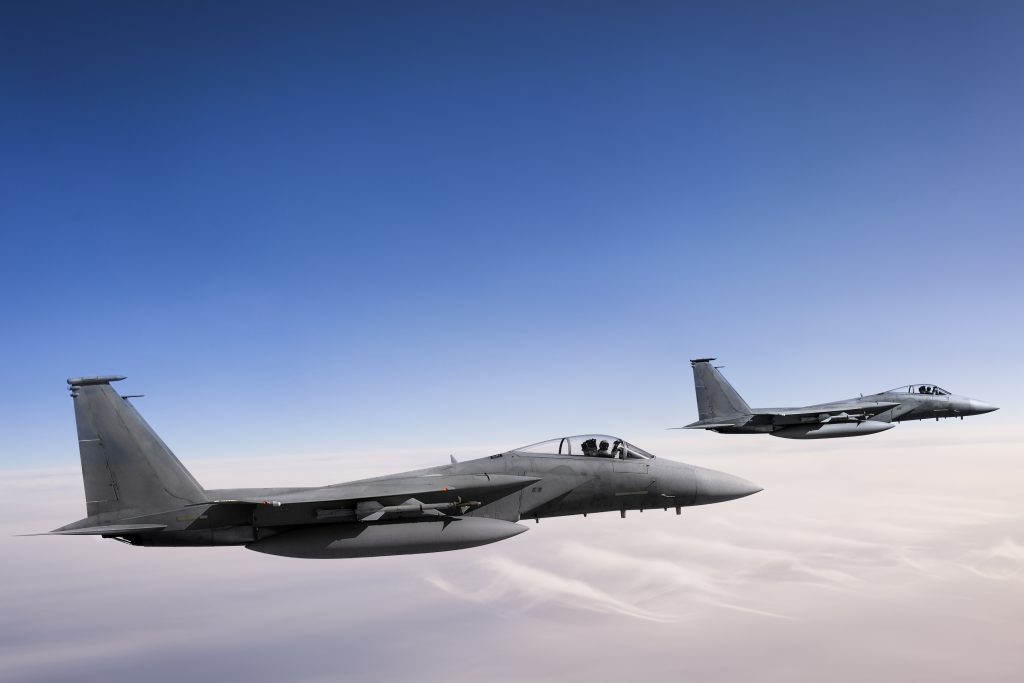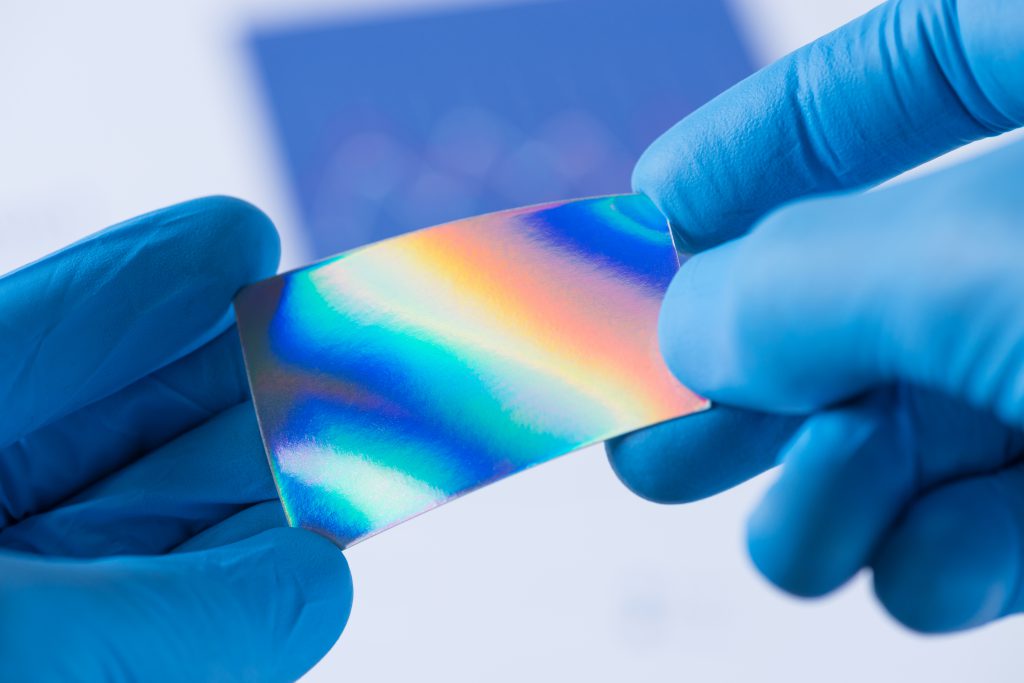AR Coatings: What it Means to be ITAR/MIL Certified

ITAR is a set of US government regulations that control the export and import of defense-related technology, designed to ensure that we can control which countries we sell this technology to. In essence, these regulations help ensure that we protect data and technology from unwanted eyes. Anti-reflection coatings are used in a variety of defense […]
Anti-Reflection Coatings: Frequently Asked Questions

Coatings are critical to optical system performance, and anti-reflection coatings are one of the most common in the industry. Learn more about proper selection, specification and maintenance of AR coatings for glass optics. What is an anti-reflection coating? An anti-reflection (AR) coating is applied to an optical surface to reduce the amount of reflectivity caused […]
Advanced AR Coatings Enable Higher Performing Optical Systems

Anti-reflection (AR) thin film coatings are used to optimize desired wavelength(s) or broad spectrum of light transmissions and reduce unwanted surface reflections. AR coatings are the most widely specified coating used in both commercial and defense applications including imaging, solar, auto, semi, medical, life science, telecom, and electronics. The global AR coatings market size was […]
Optical Coatings Enhance Beam-splitter Performance

Beam-splitters are one of the most widely used components in optical systems. A Beam-splitter is an optical component that divides an incident beam of light into two or more beams by wavelength, polarization, or intensity. A portion of the beam is transmitted, while the other portion is reflected. Cube and plate Beam-splitters are two of […]
